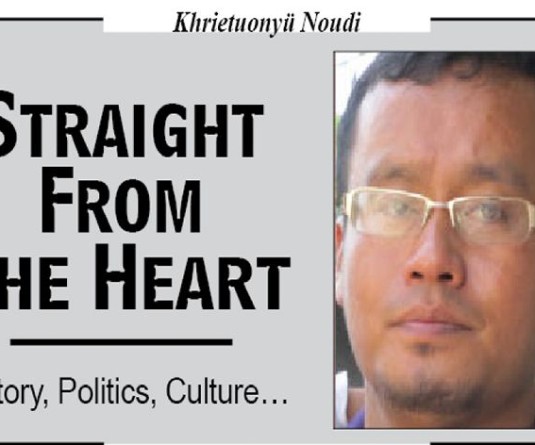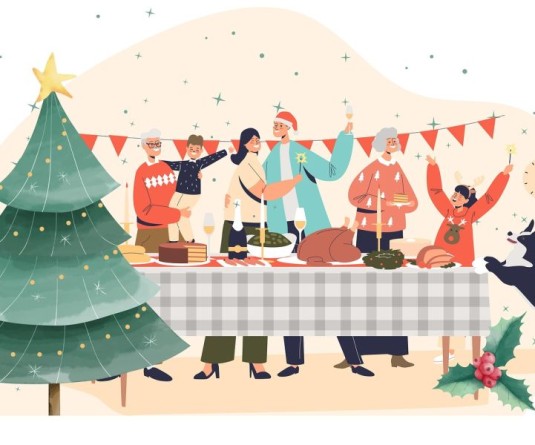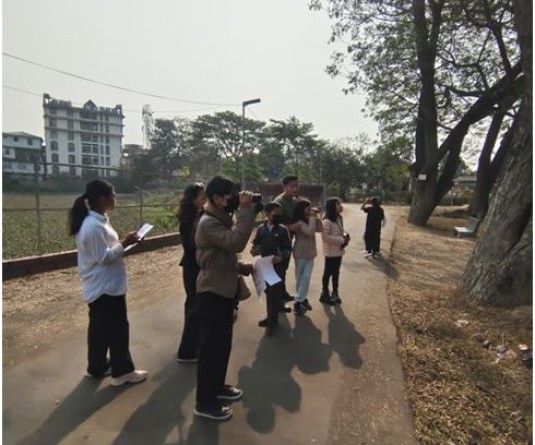
Lanuwati
A-khel, Diphupar, Chümoukedima
India’s unity is not imposed by law alone; it is lived and felt in everyday life, in festivals, art forms, music and shared traditions. On RashtriyaEktaDiwas, acknowledging the role of culture and diversity in nation building provides a holistic understanding of how the country maintains cohesion while celebrating difference.
The Cultural Mosaic of India
From Kashmir to Kanyakumari, India comprises hundreds of languages, dozens of religions and innumerable cultural practices. Festivals, rituals and artistic expressions serve as bridges between communities, fostering mutual understanding and respect. They allow citizens to celebrate both uniqueness and collective identity. Regional fairs, folk performances and traditional celebrations bring together people from diverse backgrounds, instilling a sense of belonging that transcends geography, caste, or creed.
Women as Custodians of Tradition
Women play a central role in transmitting culture, nurturing community cohesion and organizing social life. Their participation ensures that traditions are preserved while unity is reinforced through everyday practices. From local storytelling and folk art to festival preparation and community coordination, women sustain both social harmony and cultural continuity, serving as the often-unsung backbone of communal integration.
Art and Music as Instruments of Nation Building
Classical dance, folk music, theatre and painting are not merely aesthetic pursuits; they connect citizens across regions, creating a shared national consciousness. EktaDiwas celebrations often incorporate performances from multiple cultural traditions, highlighting how diversity strengthens national identity. Cultural festivals, school competitions and local exhibitions foster dialogue, appreciation and mutual respect, reminding citizens that unity is enriched, not threatened, by difference.
Festivals as Shared Experience
Festivals, from Diwali to Eid, Pongal to Baisakhi, are moments when citizens collectively experience joy, solidarity and social responsibility. These celebrations embed values of tolerance, cooperation and belonging, contributing directly to a sense of nationhood. Shared rituals and communal gatherings transform cultural diversity into a living bond that strengthens society and reinforces civic responsibility.
Culture and Institutions Together
While culture fosters emotional unity, institutions ensure structural cohesion. Security, administration and policy frameworks provide a safe environment in which cultural life thrives. Together, culture and governance reinforce each other, enabling a peaceful, inclusive and united nation. Public support for arts, music and festivals demonstrates that cultural recognition is integral to social stability, national identity and sustainable community development.
Conclusion
Unity in India is woven from both laws and lived experiences. Culture, art, music and diversity provide the social glue, while institutions protect and empower this cohesion. On RashtriyaEktaDiwas, celebrating this dynamic synergy reminds citizens that unity and diversity are complementary, not contradictory and that nation building is as much about shared values as shared governance. Respecting cultural plurality ensures that the nation remains resilient, harmonious and forward-looking.






